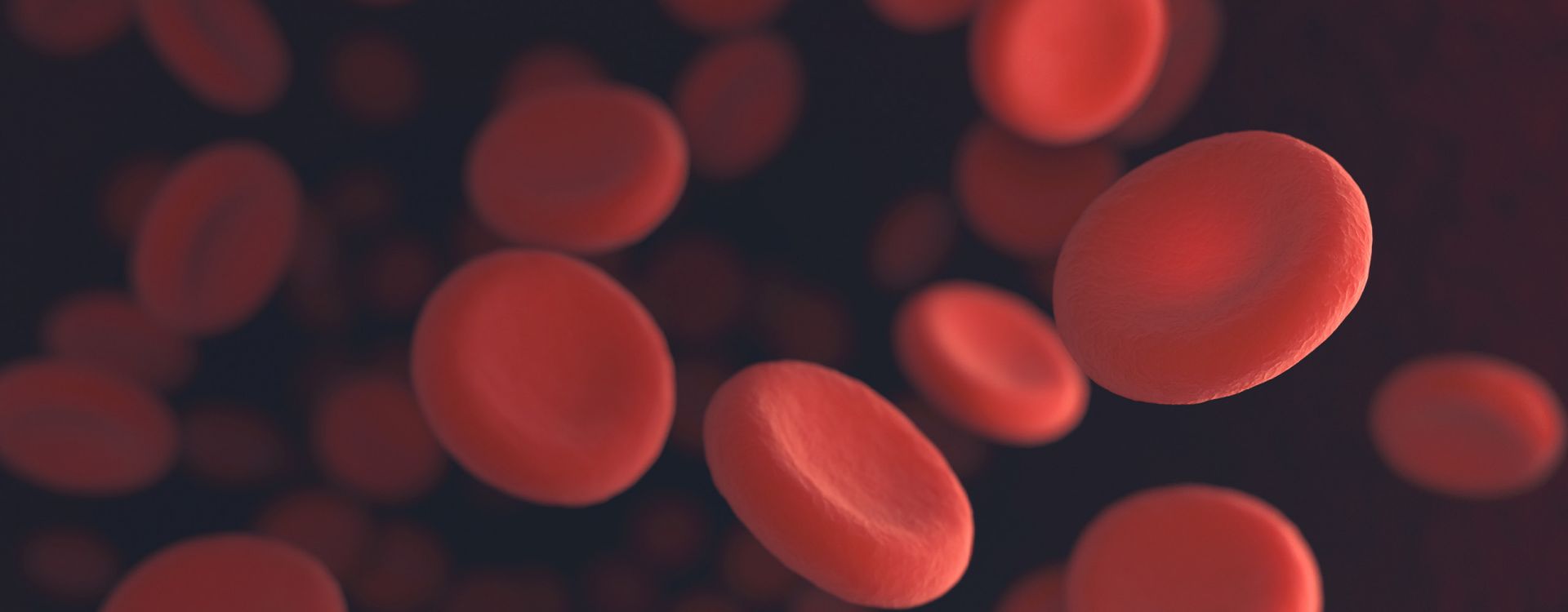What Is the Umbilical Cord Made Of?
The umbilical cord is made up of connective tissue known as Wharton’s Jelly — a gelatinous substance that protects and insulates the two umbilical arteries and one vein which carries nutrients to and from the fetus to the placenta.
Over time, as your baby grows in the womb, the size of the umbilical cord will also increase in size in order to continue to provide the additional nutrients your baby requires. Of course, as both the baby and cord grow larger there is invariably less space in your womb. Wharton’s Jelly is the tissue that ultimately supports the umbilical vein and arteries and prevents them from kinking as your baby moves and your womb fills.
Why Is Umbilical Cord Tissue Valuable?
Aside from the obvious advantage of protecting the blood vessels that provide your baby with nutrients in the womb, umbilical cord tissue also has value well after the birth of your child.
This is because umbilical cord tissue is rich in stem cells that can be used to repair tissue that can be damaged by disease, genetic defects, and other health conditions that may arise in the future.
Of the stem cells found in umbilical cord tissue, Mesenchymal stem cells (MCSs) are thought to be the most important. MCSs are the stem cells that ultimately develop into your child’s nervous system, sensory organs, skin, bone, cartilage, circulatory system, and more. They are powerful stem cells that are capable of repairing damaged tissue and differentiating into many other cell types including bone cells, fat cells, neural cells, and cartilage. MCSs are also capable of inhibiting inflammation following tissue damage, and have been used in conjunction with umbilical cord blood stem cell transplants to help prevent Graft Versus Host Disease (GVHD) and improve transplant outcomes.
While MCSs can also be found in other sources, such as bone marrow and adipose tissue, research shows that MCSs gathered from umbilical cord tissue cells are more viable and more effective in treatments.
A Promising Future
With more than 1,600 clinical trials initiated, MCSs have a promising potential future for stem cell therapies, and represent one of the most cutting-edge discoveries in the field of regenerative medicine to date.
Due to their versatility and ability to differentiate into numerous types of cells, MCSs will likely have the potential to treat even more than the 80 diseases and conditions that are already FDA-approved for treatment with cord blood stem cells.
At present, clinical research is being conducted on the regenerative effects of MCSs harvested from cord tissue and how they can help treat, or even possibly cure diseases and disorders that include:
- Autism
- Cerebral palsy
- Type 1 diabetes
- Alzheimer’s
- Spinal cord injury
- Traumatic brain injury
- Parkinson’s disease
- Rheumatoid arthritis
- Multiple sclerosis
- Stroke
- Heart failure
- Liver damage
- And many more...
Cord Tissue Banking
Knowing that there are so many possibilities for the future use of stem cells from umbilical cord tissue, it only makes sense to bank your baby’s cord blood and cord tissue with a cord blood & tissue bank.
As researchers develop new therapies using cord blood and cord tissue stem cells, additional new treatments are continually becoming available. By banking both your child’s cord blood and cord tissue you will have the widest scope of treatment options available for your family in the future.
Furthermore, the process of cord tissue and cord blood banking is both simple and affordable.
Collecting the specimens takes only a few minutes, occurs shortly after the birth of your baby, and is safe and painless for both mother and baby.
First, the cord blood is collected by inserting a needle into the umbilical cord, after it has been clamped and cut, and letting the blood flow into the FDA-approved cord blood collection bag in our StemCare collection kit.
Next, your doctor will cut a 6 to 8 inch segment of the umbilical cord and place it inside the cord tissue collection container that we provide.
The samples are then picked up and quickly and carefully transported to our laboratory for long term storage by our direct medical courier service.
Once you enroll with MiracleCord to bank your child’s cord blood and cord tissue, we take care of the rest!
So why wait? Enroll now!
If you’d like to learn more about the potential benefits of banking your child’s cord tissue feel free to call us at 888-743-2673 and we will be happy to discuss your options with you!
DISCLAIMER: THE INFORMATION ON THIS WEBSITE IS NOT INTENDED TO BE USED AS MEDICAL ADVICE.The materials and information contained on the MiracleCord website is provided for educational and informational purposes only, and is not intended to, and does not constitute, medical or other health advice or diagnosis, and should not be used as such. You should not use this information to diagnose or treat a health problem or disease. If you are seeking personal medical advice, you should consult with a licensed physician. Always consult with a qualified health care provider regarding a medical condition.




